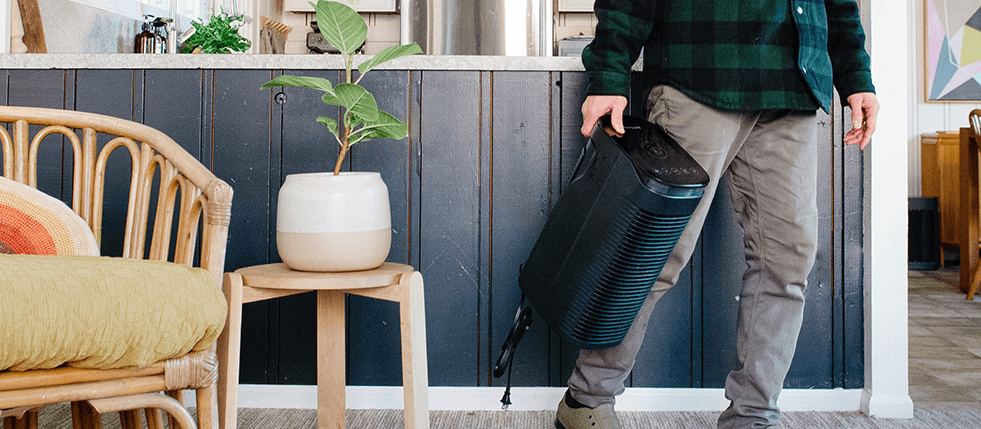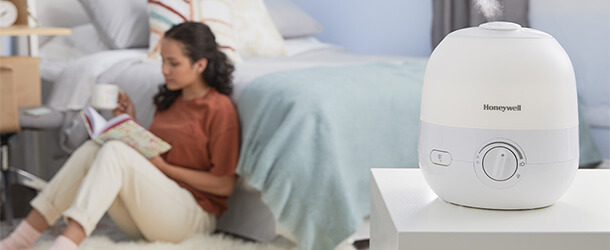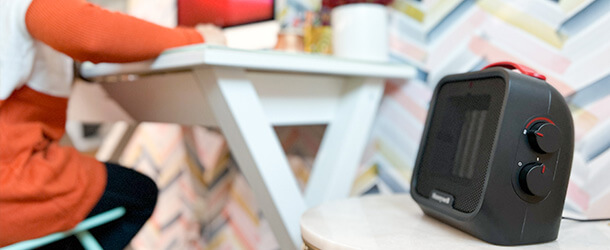Blog
How Air Mist Humidifiers Improve Indoor Air Quality: Insights and Key Benefits
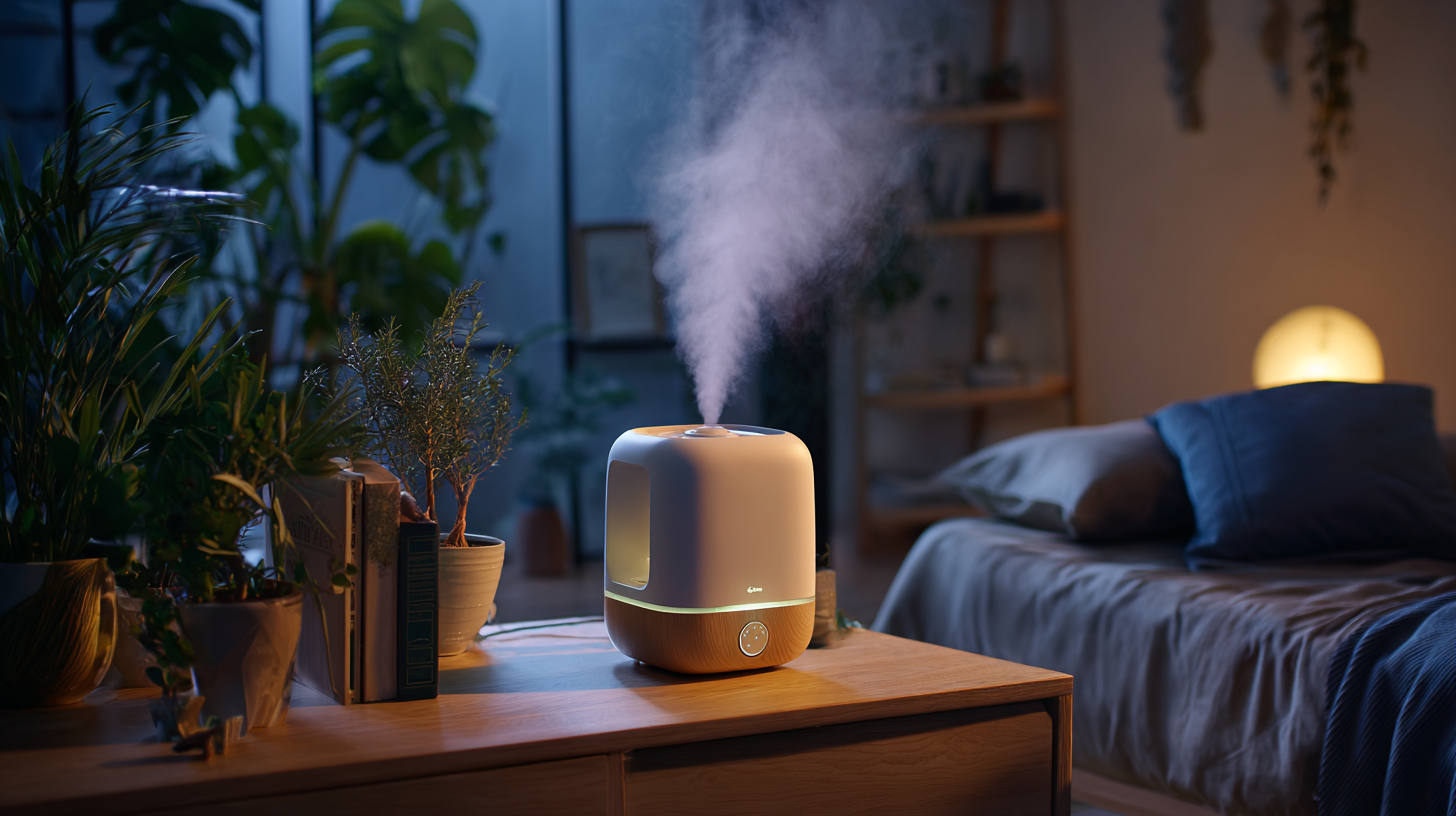 Indoor air quality has a profound impact on our health and well-being, yet research indicates that the air inside our homes can be up to five times more polluted than the air outside. This is where an air mist humidifier comes into play, as it not only adds moisture to dry air but also helps to alleviate common issues such as allergies, respiratory problems, and even dry skin.
Indoor air quality has a profound impact on our health and well-being, yet research indicates that the air inside our homes can be up to five times more polluted than the air outside. This is where an air mist humidifier comes into play, as it not only adds moisture to dry air but also helps to alleviate common issues such as allergies, respiratory problems, and even dry skin.
According to a recent study by the Environmental Protection Agency, maintaining optimal indoor humidity levels between 30% and 50% can significantly reduce the proliferation of airborne viruses and bacteria. Moreover, a survey by the American Academy of Pediatrics suggests that families using humidifiers in their homes report fewer cases of asthma attacks and other respiratory conditions.
In this blog, we will delve into how an air mist humidifier can be an essential tool for improving indoor air quality, exploring its key benefits and insights into its effective usage.
Key Differences Between Air Mist Humidifiers and Traditional Humidifiers
Air mist humidifiers and traditional humidifiers serve the common purpose of adding moisture to indoor air, yet they operate quite differently and offer distinct benefits. Traditional humidifiers typically use either a warm mist or cool mist method, relying on boiling water or evaporative techniques to generate humidity. While effective, these systems can sometimes lead to increased energy costs and require regular maintenance to prevent mold and bacterial growth.
In contrast, air mist humidifiers utilize advanced ultrasonic technology to create a fine mist from water without the need for heating. This method is not only energy-efficient but also offers better safety, particularly in households with children or pets, as there’s no risk of burns from hot water. Additionally, air mist humidifiers maintain optimal humidity levels more consistently, which can significantly improve indoor air quality. They help alleviate common issues such as dry skin, respiratory concerns, and static electricity, making them an excellent choice for enhancing overall comfort in any living space.
How Air Mist Humidifiers Enhance Air Quality and Comfort
Air mist humidifiers play a crucial role in enhancing indoor air quality and overall comfort in our living spaces. By releasing fine mist into the air, these devices maintain optimal humidity levels, which is essential for good health. Dry air can lead to a myriad of respiratory issues, dry skin, and heightened allergy symptoms. With the use of an air mist humidifier, the moisture added to the environment helps to soothe the airways, making breathing easier and promoting a more comfortable atmosphere.
Additionally, air mist humidifiers contribute to a more pleasant indoor climate by reducing static electricity and preserving the integrity of our furnishings. Optimal humidity levels protect wooden furniture and flooring from cracking, while also minimizing the conditions that provoke dust mites and mold growth. This not only improves the air we breathe but also enhances the longevity of our possessions. Thus, investing in an air mist humidifier is a proactive step towards fostering a healthier, cozier home environment.
How Air Mist Humidifiers Improve Indoor Air Quality: Insights and Key Benefits
| Aspect | Details |
|---|---|
| Humidity Level | Maintains optimal humidity levels between 40% and 60% for comfort and health. |
| Allergen Reduction | Helps to reduce dust and allergens in the air, promoting better respiratory health. |
| Comfort Level | Enhances overall comfort in dry environments, reducing dry skin and irritation. |
| Energy Efficiency | Energy-efficient models reduce electricity costs while maintaining indoor humidity levels. |
| Condensation Control | Prevents condensation on windows and walls, reducing potential mold growth. |
| Health Benefits | Can lead to fewer colds and respiratory issues by keeping air moisture balanced. |
| Maintenance Requirement | Regular cleaning and water replacement needed to avoid bacteria and mold buildup. |
Comparative Benefits of Air Mist Humidifiers for Allergy Sufferers
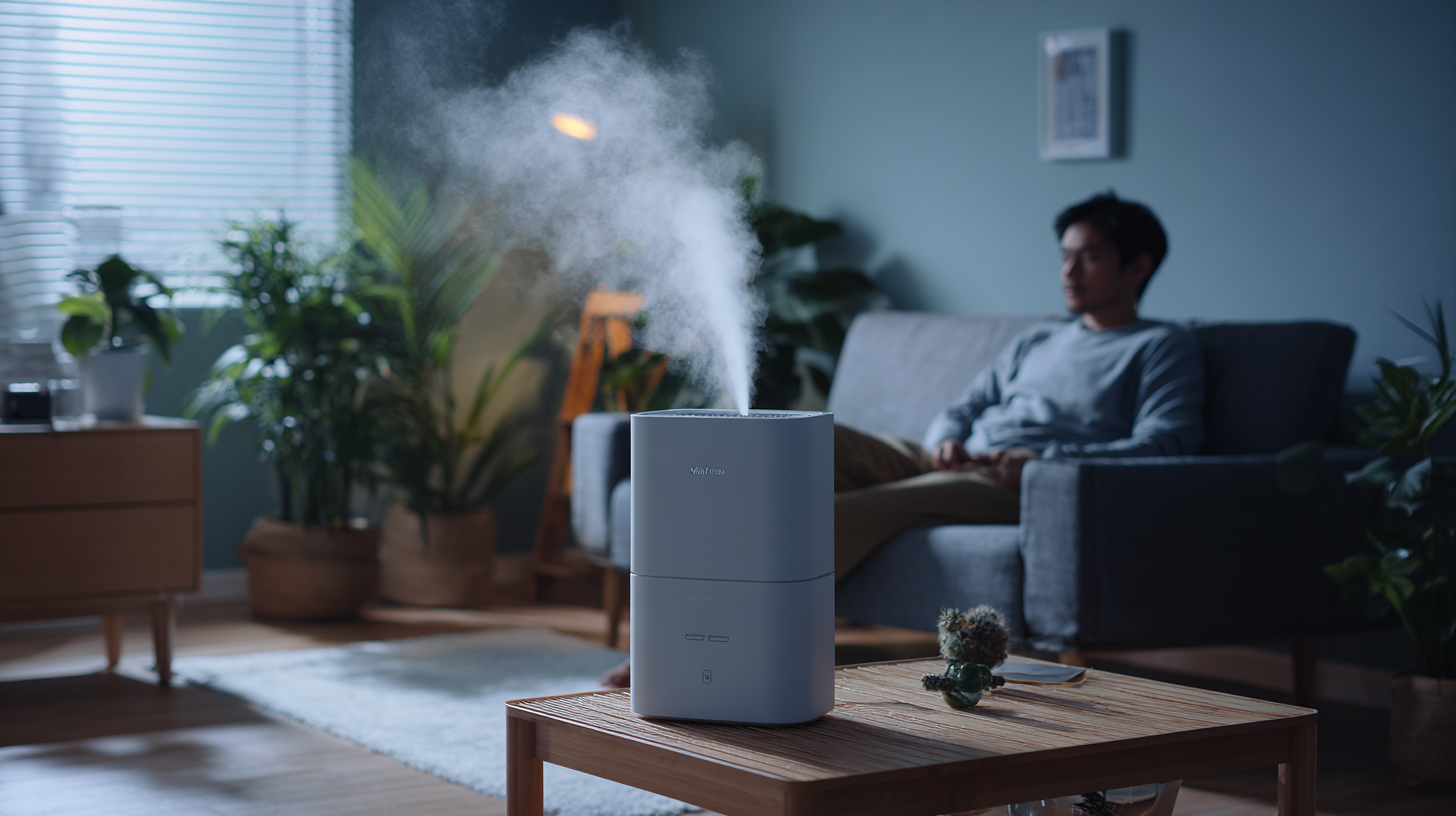 Air mist humidifiers play a vital role in enhancing indoor air quality, particularly for those who suffer from allergies. By increasing humidity levels in your home, these devices alleviate symptoms such as dry skin, sore throats, and irritation commonly associated with allergies. When the air is too dry, allergens like pollen and dust can linger longer, leading to increased exposure and discomfort. Humidifiers counteract this by creating an optimal environment that helps to keep allergens at bay.
Air mist humidifiers play a vital role in enhancing indoor air quality, particularly for those who suffer from allergies. By increasing humidity levels in your home, these devices alleviate symptoms such as dry skin, sore throats, and irritation commonly associated with allergies. When the air is too dry, allergens like pollen and dust can linger longer, leading to increased exposure and discomfort. Humidifiers counteract this by creating an optimal environment that helps to keep allergens at bay.
In addition to their moisture-boosting capabilities, air mist humidifiers contribute to overall respiratory health. By humidifying the air, they can soothe nasal passages and reduce the frequency of asthma symptoms or allergy flare-ups. Many people report a noticeable difference in their well-being during allergy season when using a humidifier, as they help maintain a balanced humidity level that supports easier breathing. When combined with other appliances like air purifiers, the benefits increase exponentially, providing a cleaner and more comfortable atmosphere that is essential for allergy sufferers.
Energy Efficiency: Air Mist Humidifiers vs. Other Humidifier Types
When considering the various types of humidifiers available, energy efficiency often plays a vital role in the decision-making process. Air mist humidifiers stand out in this regard, as they utilize a unique technology that optimizes water atomization. Unlike traditional steam vaporizers that consume more electricity to heat water, air mist humidifiers produce a fine mist through ultrasonic waves, requiring less power for operation. This not only helps manage electricity costs but also reduces the overall carbon footprint, making them an environmentally friendly choice.
In comparison to other humidifier types, such as warm mist and cool mist options, air mist humidifiers provide a balanced approach to maintaining optimal humidity levels without excessive energy draw. While warm mist humidifiers may offer higher humidity levels, the energy costs can accumulate quickly. In contrast, air mist humidifiers efficiently deliver moisture into the air while keeping energy consumption low, making them a wise choice for eco-conscious consumers. By improving indoor air quality through effective moisture content while remaining energy-efficient, air mist humidifiers prove to be a beneficial addition to any home or office environment.
Comparison of Energy Efficiency in Different Humidifier Types
Cost Analysis: Long-Term Savings with Air Mist Humidifiers
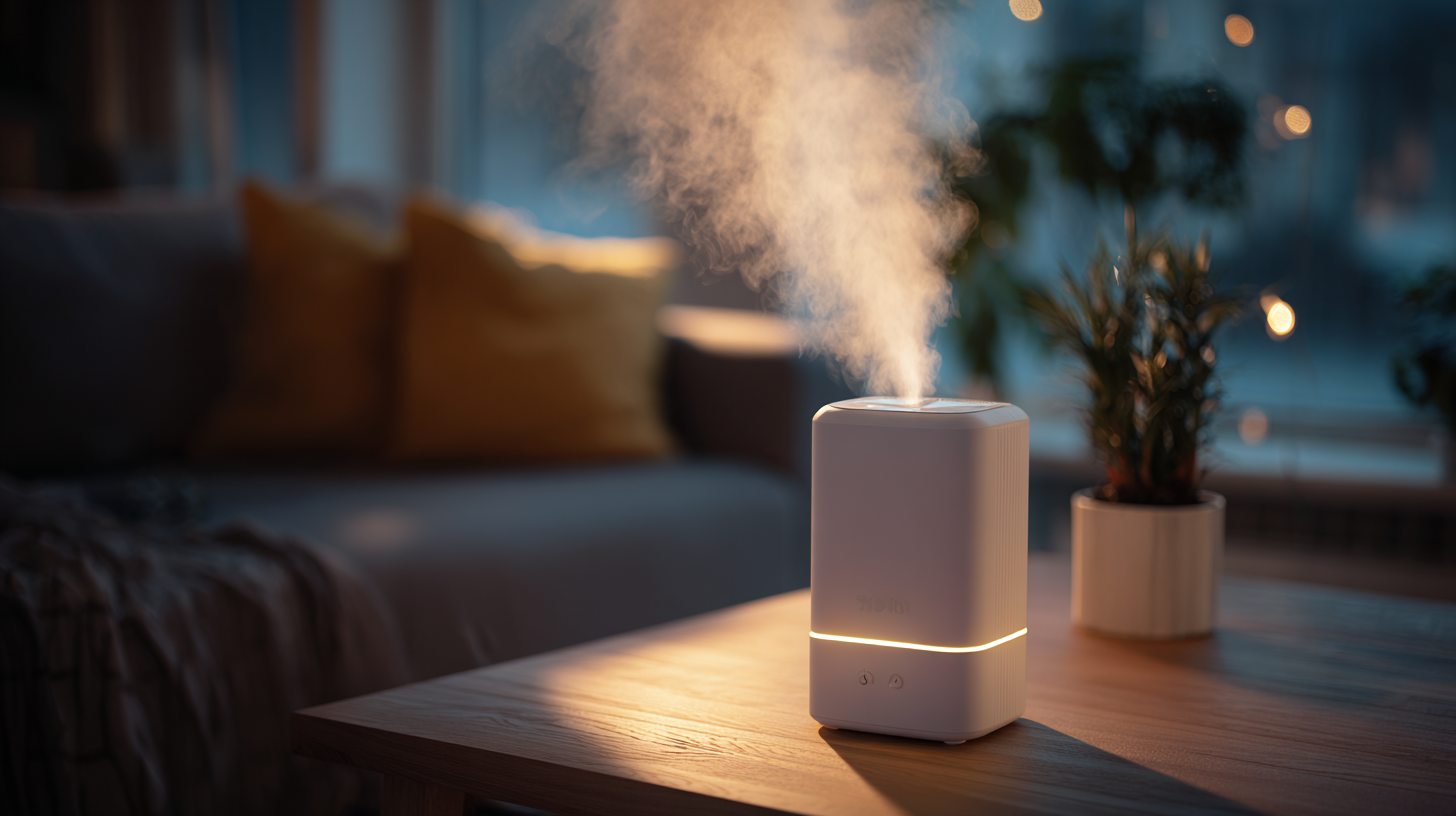 Air mist humidifiers not only enhance comfort and health indoors but also contribute significantly to long-term cost savings. The initial investment in a quality humidifier may seem high, but the benefits outweigh these upfront costs. By maintaining optimal humidity levels, these devices can reduce energy consumption in heating and cooling systems. When humidity is balanced, your home feels warmer in winter and cooler in summer, potentially lowering energy bills substantially.
Air mist humidifiers not only enhance comfort and health indoors but also contribute significantly to long-term cost savings. The initial investment in a quality humidifier may seem high, but the benefits outweigh these upfront costs. By maintaining optimal humidity levels, these devices can reduce energy consumption in heating and cooling systems. When humidity is balanced, your home feels warmer in winter and cooler in summer, potentially lowering energy bills substantially.
Moreover, air mist humidifiers can prevent damage to your home and belongings, leading to additional savings. Low humidity levels can cause wooden furniture and flooring to crack and warp, while excessive dryness can lead to respiratory issues that require medical attention. By investing in a humidifier, homeowners can avoid costly repairs and health-related expenses. Not only does this ensure a healthier living environment, but it also fosters long-term savings, making air mist humidifiers not just a luxury but a wise financial choice.





